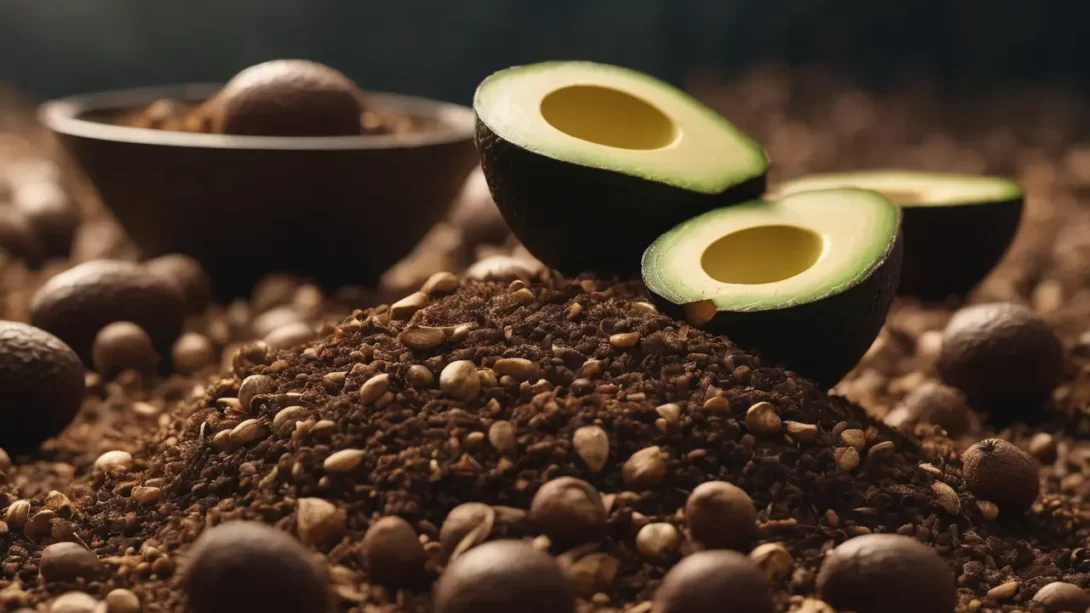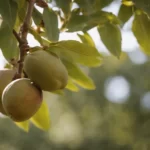Composting is a cornerstone of sustainable living, transforming kitchen scraps into nutrient-rich soil. A frequent question among composting enthusiasts is whether it’s possible to compost avocado pits. This article dives into the nature of avocado pits and their compatibility with composting processes.
Avocado Pits
Avocado pits, or seeds, are the large, hard centers found in avocados. They are composed of dense, fibrous material and are known for their durability. This toughness is an adaptation for survival in the wild, ensuring that the seed can withstand various environmental conditions. However, this same resilience means that avocado pits have a significantly slower decomposition rate compared to other organic materials typically added to compost.
Benefits of Composting Avocado Pits
Despite their tough nature, composting avocado pits can offer several benefits:
- Nutrient Content: Avocado pits contain nutrients such as nitrogen, a vital component for compost. As the pits break down, they slowly release these nutrients back into the soil.
- Soil Structure: When they eventually decompose, avocado pits contribute to the overall structure of the compost. They can help improve soil aeration and drainage in the final compost product.
Understanding these benefits helps in appreciating the role avocado pits can play in a balanced composting strategy.
Challenges in Composting Avocado Pits
However, composting avocado pits is not without its challenges:
- Hardness and Size: Their hard, dense nature makes avocado pits resistant to the typical decomposition process in a compost pile.
- Extended Decomposition Time: Due to their toughness, avocado pits take significantly longer to break down compared to other organic materials like fruit peels or vegetable scraps.
- Sprouting Risk: Occasionally, avocado pits may sprout within the compost, especially if the conditions are warm and moist. This sprouting can be a nuisance, requiring removal of the sprouts from the compost pile.
Best Practices for Composting Avocado Pits
To make composting avocado pits more effective, certain practices can be adopted:
- Preparing Avocado Pits: Breaking down the pits into smaller pieces can significantly accelerate their decomposition. This can be done by chopping them into halves or quarters, or even crushing them if possible. Be cautious, as avocado pits can be quite tough.
- Accelerating Decomposition: To further hasten the decomposition process, consider methods like:
- Burying the pits in active compost: Placing the pit pieces in the center of a hot compost pile where microbial activity is highest.
- Using effective microorganisms: Introducing preparations that contain beneficial bacteria and fungi can help break down tough organic matter more efficiently.
- Monitoring Compost Conditions: Ensuring that your compost has the right balance of moisture, temperature, and aeration is crucial. Avocado pits, due to their size and density, may require a more actively managed composting process to break down effectively.
Implementing these practices can make composting avocado pits more manageable and efficient, turning a challenging item into a valuable addition to your compost.
Alternative Uses for Avocado Pits
Besides composting, avocado pits have several other uses:
- Avocado Pit Tea: Rich in nutrients, avocado pits can be boiled to create a “tea” that can be used as a natural plant fertilizer.
- Crafting and Artistic Uses: The pits can be carved, dyed, and used in various crafts, offering an artistic way to recycle them.
- Reducing Waste: Instead of discarding, these alternative uses help in reducing waste and promoting a circular approach to resource use.
Each of these uses provides an opportunity to repurpose avocado pits, adding value beyond composting.
Conclusion
Composting avocado pits, while challenging due to their hard and dense nature, is indeed feasible and can contribute positively to the nutrient cycle of a compost system. By preparing the pits through chopping or crushing and facilitating their decomposition with appropriate composting techniques, these seemingly stubborn items can be transformed into valuable compost material. The slow release of nutrients from decomposed avocado pits enhances the quality of the compost, benefiting garden soil in the long term.
However, it’s important to remember that the extended decomposition time of avocado pits requires patience and a slightly more hands-on approach to composting. Regular monitoring and maintenance of the compost pile, ensuring the right balance of moisture, temperature, and aeration, are key to successfully integrating avocado pits into your compost.
Beyond composting, exploring alternative uses for avocado pits, such as making nutrient-rich tea for plants or using them in creative crafts, can further reduce waste and extend the lifecycle of these organic materials.
Incorporating avocado pits into compost or finding other sustainable uses for them is a small but significant step towards a more environmentally responsible lifestyle. It reflects a commitment to reducing waste and promoting a more circular approach to resource use, essential principles in the journey towards sustainable living. By embracing these practices, we not only benefit our gardens but also contribute to a healthier planet.




